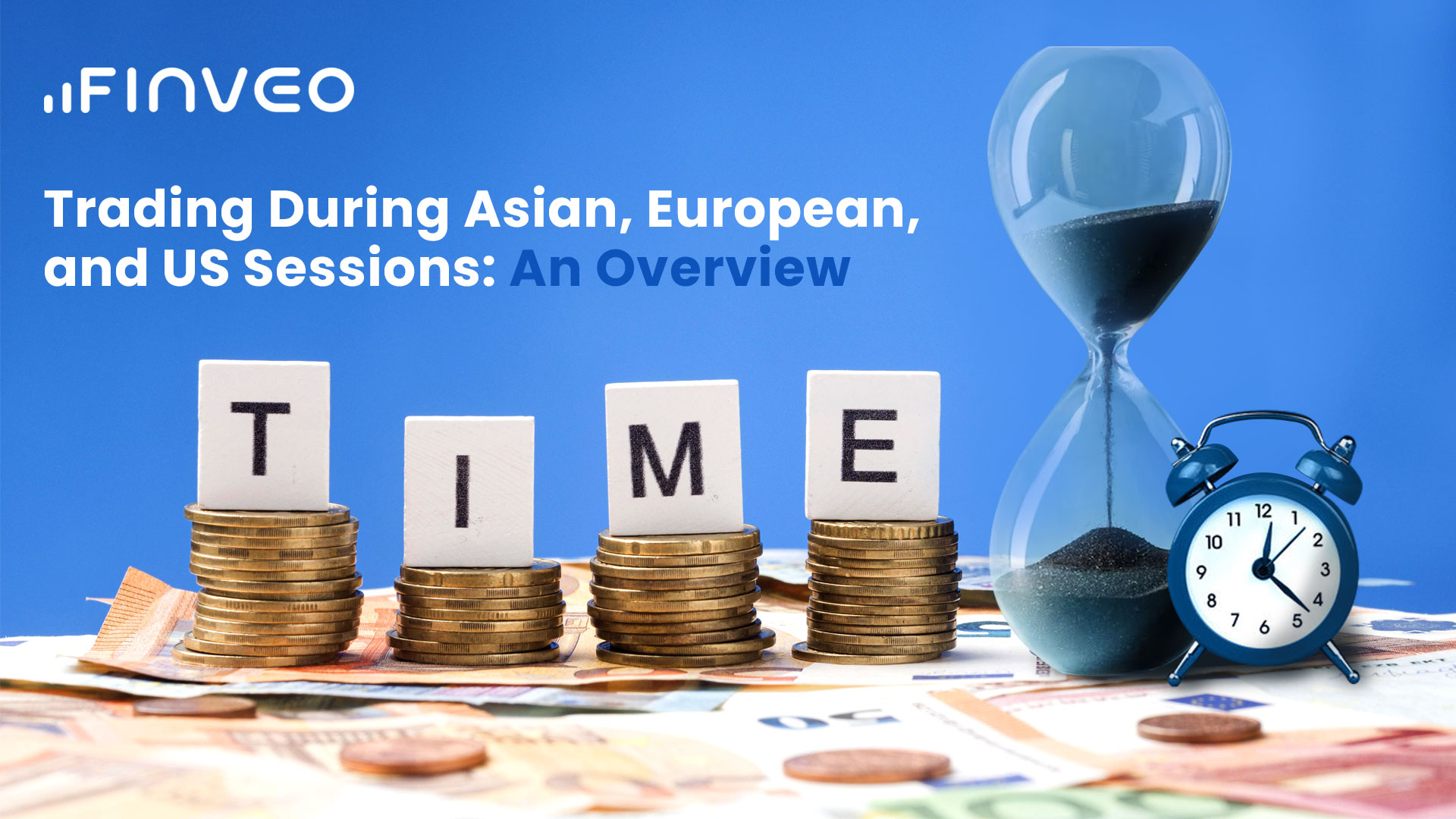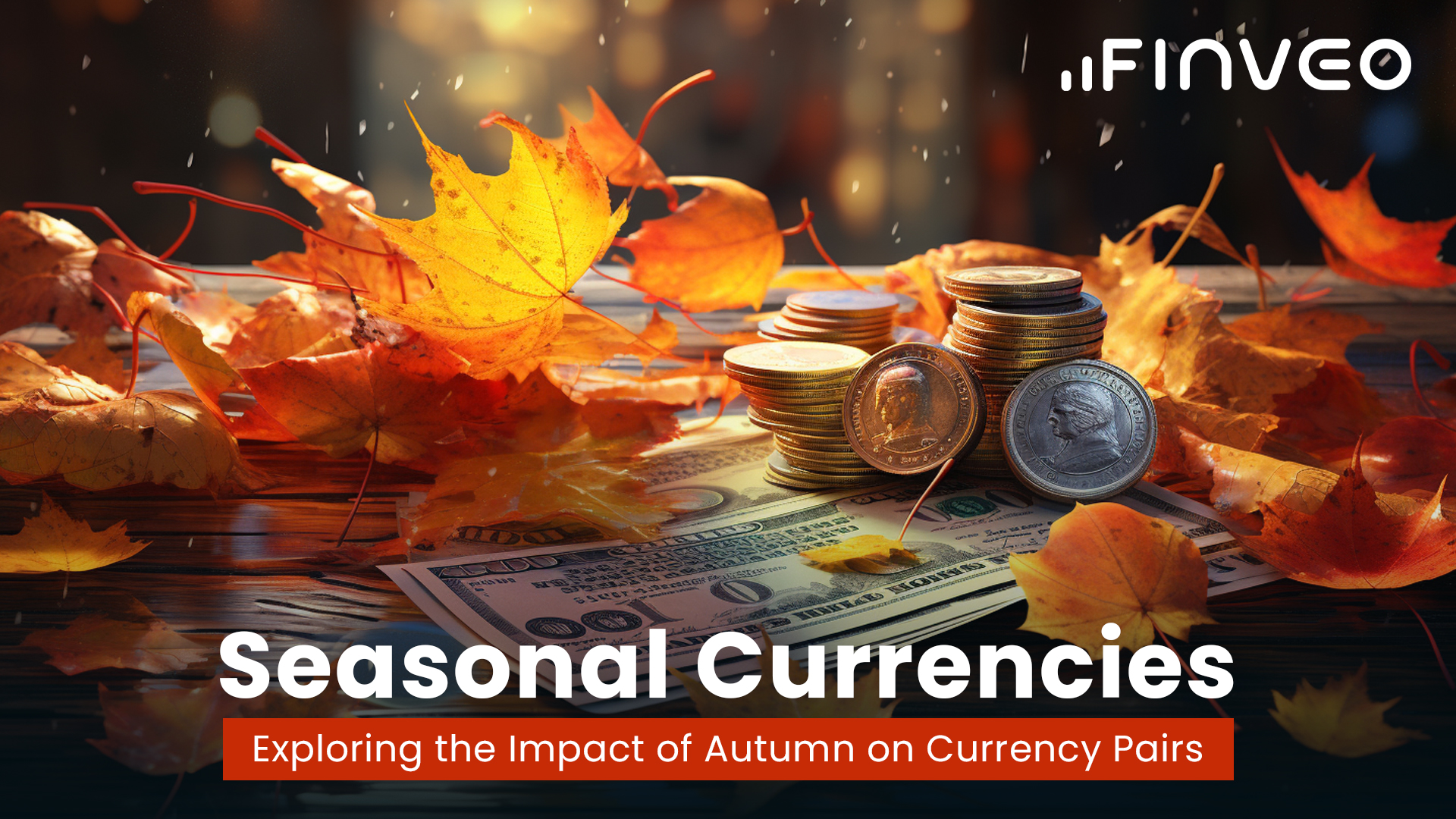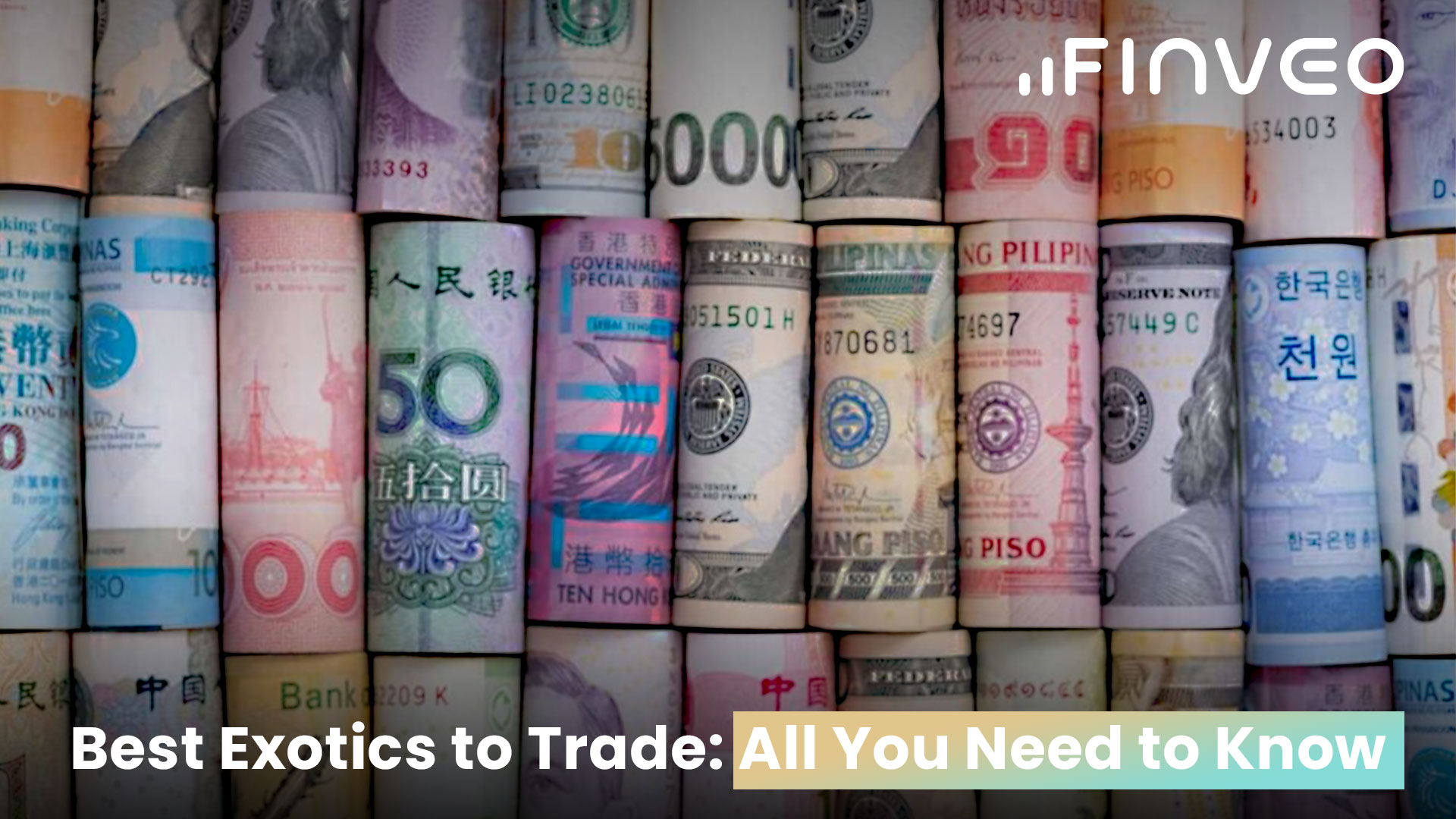Forex trading is a highly popular form of investing that involves buying and selling currencies with the goal of making a profit. The foreign exchange market is a complex and constantly evolving entity, with a variety of different currencies and trading options available. One of the most exciting aspects of forex trading is the ability to trade exotic currencies, which can offer unique profit opportunities. In this article, we will take a look at some of the best exotics to trade and why they are worth considering.
What are exotic currencies?
Exotic currencies are those that are not widely traded or heavily traded in the forex market. These currencies often come from emerging market economies and can be volatile due to political and economic instability in the country of origin. They are typically paired with major currencies such as the US dollar, the Euro, or the Japanese Yen.
Why trade exotic currencies?
Trading exotic currencies can be appealing to traders who are looking for higher potential returns. Due to the relatively low liquidity of these currencies, they often have wider spreads and higher volatility. This can translate into greater potential profit for traders who are willing to take on the added risk.
That being said, it's important to note that trading exotic currencies can also carry a higher level of risk. The less stable economic and political conditions in emerging market economies can lead to sudden and unexpected price swings. Traders should be prepared to manage their risk carefully and exercise caution when trading exotic currencies.
Top exotics to trade
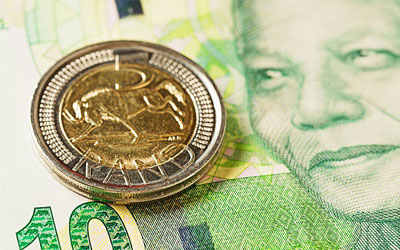
1. The South African Rand (ZAR)
The South African Rand is one of the most widely traded exotic currencies and is paired with major currencies such as the US dollar and the Euro. The Rand can be highly volatile due to South Africa's unstable political and economic conditions, but it can also offer significant potential for profit.
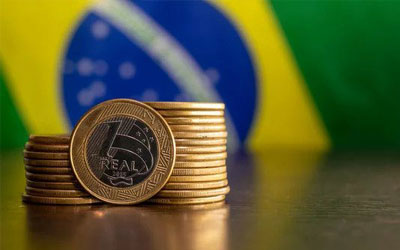
2. The Brazilian Real (BRL)
The Brazilian Real is another popular exotic currency that is paired with major currencies such as the US dollar and the Euro. Brazil is the largest economy in South America and is known for its natural resources and agricultural exports. The Real can be highly volatile due to Brazil's political and economic conditions, but it can also offer significant profit potential.
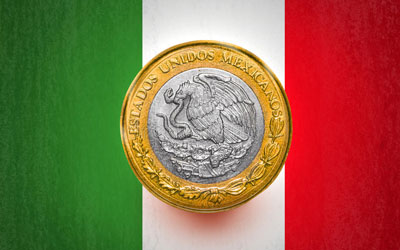
3. The Mexican Peso (MXN)
The Mexican Peso is a popular exotic currency that is paired with major currencies such as the US dollar and the Euro. Mexico is the second-largest economy in Latin America and is known for its manufacturing and export industries. The Peso can be highly volatile due to Mexico's political and economic conditions, but it can also offer significant potential for profit.

4. The Chinese Yuan (CNY)
The Chinese Yuan is the currency of the world's second-largest economy and is increasingly becoming an important player in the forex market. As China's economy continues to grow, the Yuan is expected to become even more influential in global trade. The Yuan can be highly volatile due to China's political and economic conditions, but it can also offer significant profit potential.
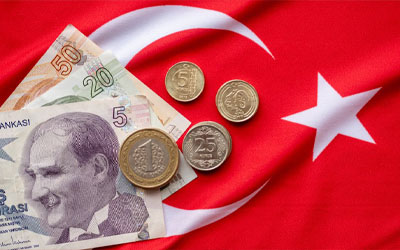
5. The Turkish Lira (TRY)
The Turkish Lira is another popular exotic currency that is paired with major currencies such as the US dollar and the Euro. Turkey is an emerging market economy and is known for its manufacturing and export industries. The Lira can be highly volatile due to Turkey's political and economic conditions, but it can also offer significant potential for profit.
Risk Management Tips
Trading exotic currencies can be a lucrative opportunity, but it also carries a higher level of risk. Here are some tips to help you successfully trade exotic currencies:
Spice up your portfolio with the exotic taste and trade some of the best exotics today!
1. Stay up-to-date with news and events in the country of origin
Exotic currencies can be highly volatile due to political and economic instability in the country of origin. It's important to stay informed about news and events in the country to help anticipate potential price movements. This can include monitoring political developments, economic data releases, and any other relevant news.
2. Consider using technical analysis
Technical analysis can be a useful tool when trading exotic currencies. Since these currencies can be highly volatile, technical analysis can help identify trends and potential price movements. This can involve analyzing charts and using technical indicators to help predict price movements.
3. Use a stop-loss order
A stop-loss order is an essential risk management tool for all traders, but it is especially important when trading exotic currencies. A stop-loss order is an instruction to automatically close a position when the price reaches a certain level. This can help limit potential losses and protect your account from unexpected price movements.
4. Understand the currency pair's liquidity
Exotic currencies can have lower liquidity than major currency pairs, which can result in wider spreads and higher transaction costs. It's important to understand the liquidity of the currency pair you are trading to help manage your costs and risks.
5.Consider diversifying your portfolio
Exotic currencies can be highly volatile and carry a higher level of risk, so it's important to diversify your portfolio to help manage your risk. This can involve trading multiple currency pairs, including both major and exotic currencies, to help spread your risk and potentially improve your overall returns.
Final Thoughts
Trading exotic currencies can be an exciting and potentially profitable way to participate in the forex market. However, it's important to remember that these currencies can also be highly volatile and carry a higher level of risk. Traders should exercise caution and carefully manage their risk when trading exotic currencies. By keeping these factors in mind, traders can potentially benefit from the unique opportunities that exotic currencies can offer.
Spice up your portfolio with the exotic taste and trade some of the best exotics today!

